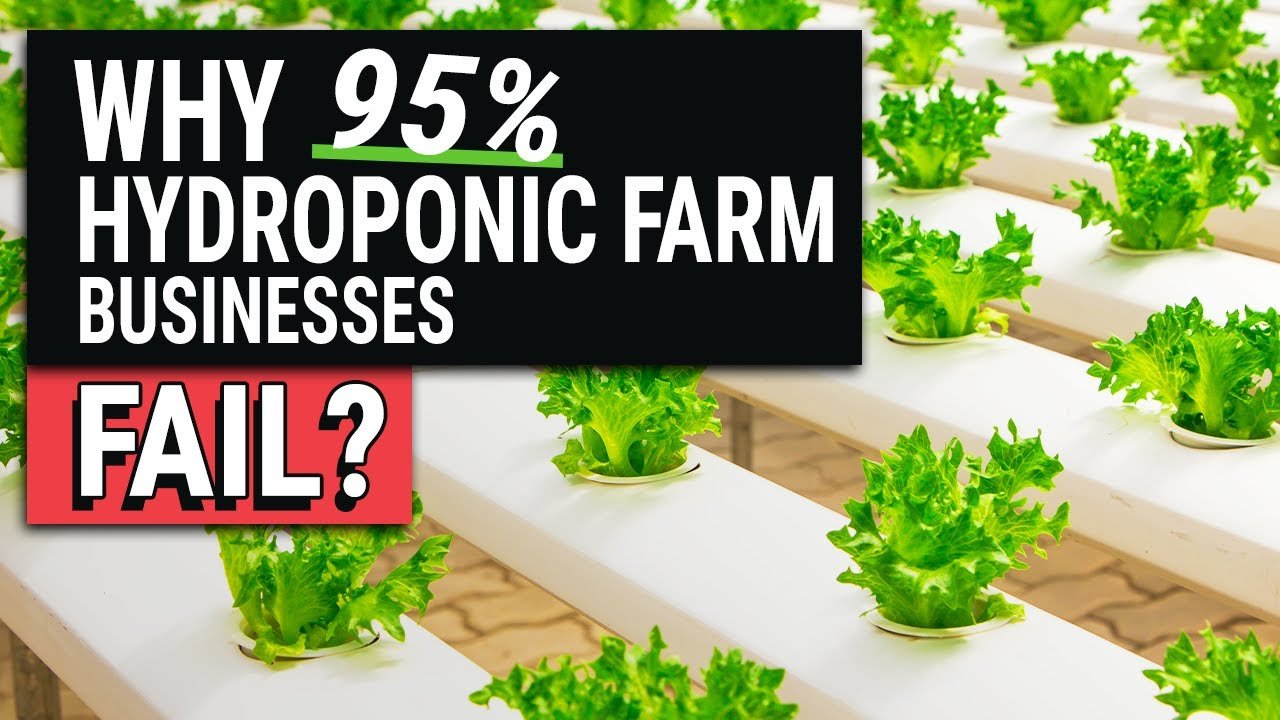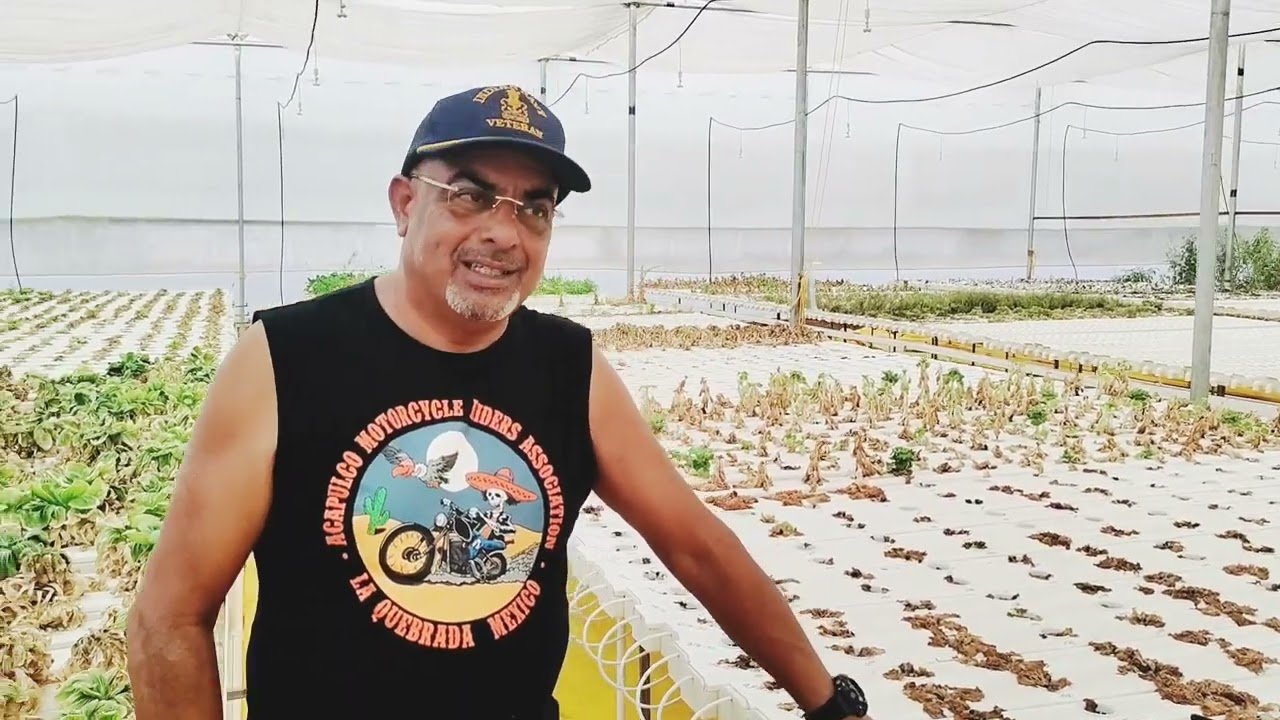The Aquaponics Adventure: A Journey Through Mistakes and Learning
Gather ‘round, folks, I’ve got a tale for you — a messy, splish-splashy journey through the underbelly of aquaponics that’ll have you going from “Oh, that sounds fun!” to “What on Earth was I thinking?” over a couple of sips of coffee.
Picture this: a sunny Saturday afternoon in the backyard, birds chirping, kids yelling in the distance, and me, living the dream, Googling away about aquaponics systems. I’d seen some YouTube videos with sleek setups and flourishing plants, and my imagination ran wild. I thought, “How hard can it be?” Cue the chuckles from my more experienced friends who had seen me dabble in more than one hobby gone wrong.
Setting Up the Backyard
I decided this would be my summer project. Armed with nothing but enthusiasm and a second-hand book on aquaponics I’d found at the local library, I headed to my trusty shed — the kind that smells vaguely of gasoline and has a million rusty tools thrown in haphazardly. I rummaged through what I could find: an old rubbermaid container, some PVC pipes left over from who knows what, and an electric pump that I hoped still worked.
With the rubbermaid as my fish tank, I set to work. I chose tilapia because, of course, they’re tough little fish and should be able to handle a rookie like me, right? I remember standing there measuring and cutting those PVC pipes like I was making a gourmet meal. I thought I had nailed it. Spray-painted the outside aqua blue because why not? A good splash of color always helps, right?
Fishy Frustrations
Once everything was set up, I felt a swell of pride. Cue Collins, my neighbor, to laugh at my blue creation. I didn’t care. I thought, “This is going to be amazing.” I stocked it with six baby tilapia, and on the first day, they looked so cute swimming around, darting about like they were auditioning for a fish Olympics. However, that wide-eyed joy didn’t last long.
A week in, I noticed an unsettling odor wafting from the tank. Forget fishy; it was like an old sock had taken a swim. People talk about the ideal balance of ammonia, nitrites, and nitrates, but all I could fathom was that I wished I had paid more attention instead of letting YouTube backstab me with all that glossy production value.
And wouldn’t you know it, the water started turning green! I thought I’d accidentally gotten my fish tank mixed up with a swamp. Panic set in as I frantically Googled “how to deal with algae.” I scratched my head wondering if I needed to toss in a few dozen fish to eat it.
The Doser Dilemma
At this point, my excitement was teetering on the edge of despair. A friend who had dabbled in hydroponics suggested something that could have taken my hybrid system to the next level: an auto-doser for the nutrients. “It’ll keep your plants happy,” he said, all smooth, with a wink. I thought, "Why not?" This led me down a whole new rabbit hole of researching what nutrients were actually necessary — calcium, magnesium, iron. What even is potassium? Did I just find the periodic table again?
With some online shopping and a tight budget, I splurged on a simple auto-doser. It wasn’t fancy, but I rationalized it was an investment in my sanity. I remember feeling as if I had purchased a spaceship — giddy and terrified at the same time, thinking that surely this would solve everything.
I hooked it up, watching as it judiciously dosed my plants and fish. There’s something about watching liquid swirl through tubes that makes you feel more connected to your garden — like you’re welcoming the magic of science into your backyard.
The Unexpected Turns
Even with the auto-doser, there were bumps on this road. I almost gave up when I couldn’t get the pump to work. I stood frozen, slightly panicking, leaning over my blue tortured creation. I ended up lying flat on my belly in the dirt, wedged awkwardly against the side of the tank, fiddling with wires like a mad scientist. After what felt like hours — I kid you not — I finally got it working. The pump roared to life, and I could almost hear the cheers from my tilapia, as if they knew I’d finally turned a corner.
And just when I thought it was all smooth sailing, the real lesson reared its head. Despite my best efforts, I lost two fish due to what I could only diagnose as stress from water quality fluctuations. Sitting there in my backyard with a shovel, I buried them with a fitting grace that most of my gardening attempts had lacked.
A New Kind of Patience
The silver lining was that I learned to be patient, both with the aquaponics system and with myself. It took time to get the water just right, figure out the nutrient balance, and adjust to the ebb and flow of it all. It wasn’t smooth sailing by any means, but every hiccup came with its dose of lessons — reminders that growing is messy and far from linear.
Eventually, after weeks of adjustments and some pretty tense moments, the plants started flourishing. I remember pulling fresh herbs and veggies to spice up mundane meals, only to think how connected I felt to that backyard beauty. The tilapia eventually thrived too, and I could even sense a weird kind of friendship forming between me and my scaly little buddies.
Embracing the Journey
If there’s a takeaway from my roundabout adventure, it’s this: If you’re thinking about starting something, be it an aquaponics system or anything else, do it! Don’t fret about making it perfect from the get-go. Dive in, mix it up, and learn from every mistake along the way. It’s in those messy moments that you’ll find the most beauty.
So, grab a coffee, gather your courage, and jump into your project dreamy-eyed. Trust me, it’s worth every dirt-stained moment.
And if you’re ready to take on the next adventure in hydroponics, join the next session here: Reserve your seat. You might just surprise yourself!







Leave a Reply